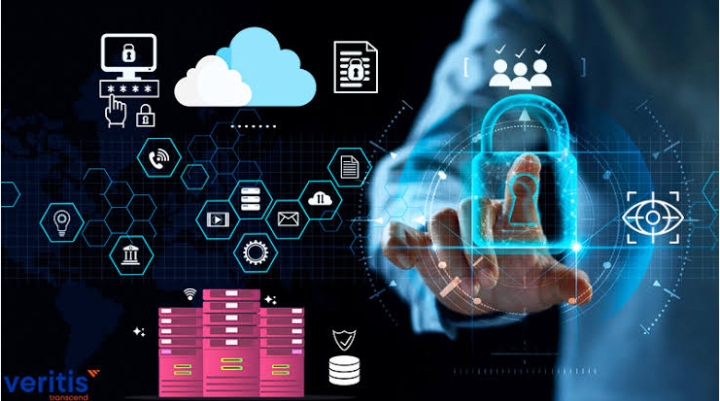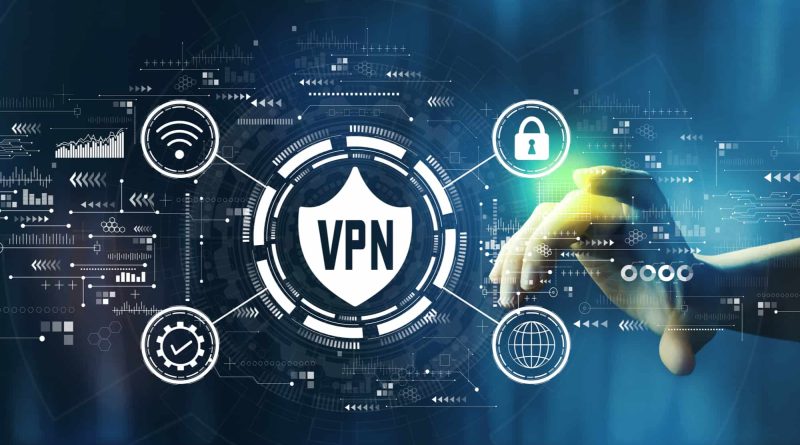The Future of Identity Authentication in Enterprise IAM Solutions

In the fast-evolving landscape of enterprise information security, the cornerstone of Identity and Access Management (IAM) stands as a sentinel against cyber threats. But with technology advancing at an exponential pace, what does the future hold for identity authentication in enterprise IAM solutions? In this article, we delve into the horizon of IAM authentication methods, exploring the challenges and innovations that will shape the way we protect our digital identities.
The Current State of IAM Authentication
Before we embark on a journey into the future, it’s crucial to understand the present. Identity and Access Management, or IAM, serves as the fortress guarding an organization’s digital assets. In today’s IAM solutions, the most common methods of identity authentication include:
Passwords and Multi-Factor Authentication (MFA):
Passwords are still the most prevalent form of authentication despite their vulnerabilities.
MFA adds an extra layer of security, typically involving something you know, something you have, or something you are.
Biometrics:
Fingerprint recognition, facial recognition, and iris scans have made their way into IAM systems.
They offer a more convenient and secure means of authentication.
Smart Cards and Tokens:
These physical tokens provide an additional layer of security and are highly resistant to remote attacks.
However, they can be inconvenient for end-users.
Behavioral Authentication:
Analyzing user behavior, such as typing speed and mouse movements, is a fascinating approach.
It’s non-intrusive but not without challenges.
The Challenges of Current IAM Methods
While these methods have served us well, they are not without their flaws. The current state of IAM authentication faces several pressing challenges:
Password Vulnerabilities:
Passwords are still prone to brute-force attacks and user negligence.
Users often resort to weak passwords or reuse them across multiple accounts.
Biometric Privacy Concerns:
Biometric data is sensitive, and concerns about privacy and data breaches persist.
Storing biometric data securely remains a challenge.
Token Management:
Managing and distributing physical tokens or smart cards can be cumbersome.
Loss or damage of these items can result in accessibility issues.
Behavioral Authentication Accuracy:
Behavioral authentication’s accuracy can be affected by external factors like user stress or environmental conditions.
Striking the right balance between security and user convenience remains elusive.
The Future of IAM Authentication
To address these challenges and prepare for the future, the world of IAM is undergoing transformative changes:
Zero Trust Architecture:
Zero Trust is the new buzzword in cybersecurity, emphasizing continuous verification.
It relies on the principle of “never trust, always verify,” ensuring secure access even within a trusted network.
Passwordless Authentication:
The future sees a significant reduction in password dependence.
Technologies like WebAuthn and FIDO2 promote passwordless authentication through biometrics, PINs, and secure tokens.
AI and Machine Learning:
IAM solutions are increasingly harnessing the power of AI and ML for threat detection.
These technologies can analyze user behavior in real time, enhancing security.
Decentralized Identity:
Blockchain technology is gaining prominence in IAM, offering decentralized and self-sovereign identities.
Users have more control over their digital personas, which can be shared selectively.
Continuous Authentication:
Behavioral authentication is evolving into continuous authentication.
It monitors user behavior throughout a session, adapting to potential threats.
Biometric Innovations:
Biometric authentication is becoming more sophisticated.
Technologies like vein pattern recognition and heartbeat analysis are emerging for heightened security.
As we march toward the future, the landscape of identity authentication in enterprise IAM solutions is set to transform significantly. Traditional methods are giving way to more secure, user-friendly, and privacy-conscious approaches. Embracing these innovations is not just a necessity; it’s the key to safeguarding digital identities in an era of relentless cyber threats. The road ahead may be challenging, but it’s paved with opportunities to redefine how we protect and manage access to our digital world.
Read Also : The Future of Identity Authentication in Enterprise IAM Solutions




